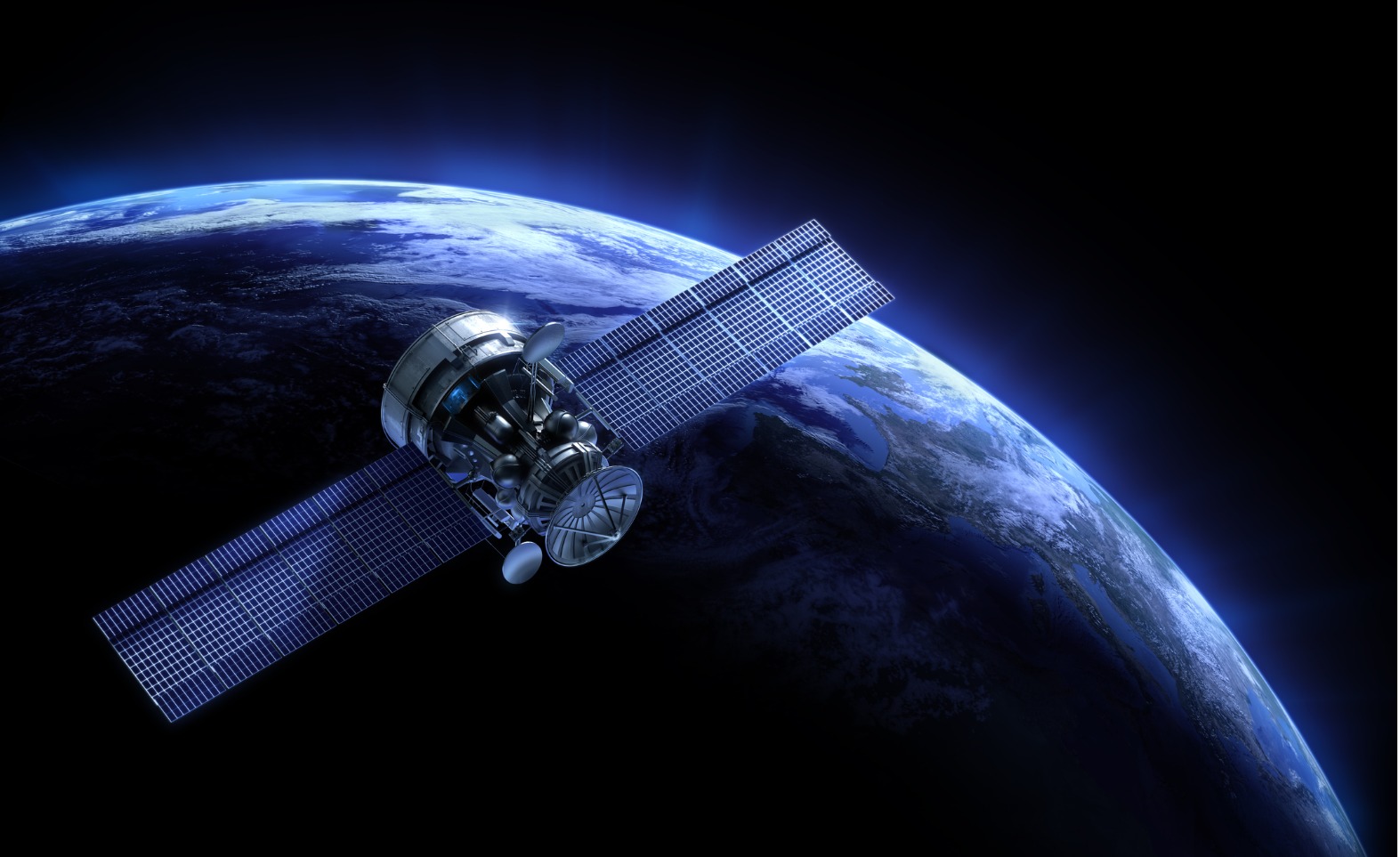
November 7, 2024
The mission will deploy two satellites, launched aboard ISRO’s PSLV-XL, into a high elliptical orbit that will reach 60,000 km from Earth
Proba-3’s twin satellites will maintain an autonomous formation to allow uninterrupted observation of the Sun's corona, achievable only through precise, millimetre-level alignment
During their six-hour observation phase at peak altitude, reduced gravitational influence minimises propellant needs, enhancing mission efficiency
ESA’s Proba-3 will be the first mission to launch from India since the Proba-1 mission in 2001, underscoring deepening space collaboration

India will launch the European Space Agency’s (ESA) Proba-3 mission early next month, marking a significant step in international space collaboration, Science and Technology Minister Jitendra Singh announced at the Indian Space Conclave on Tuesday. The launch is scheduled for December 4 from Sriharikota, with ESA’s two satellites arriving at the site earlier this week to prepare for integration with ISRO’s Polar Satellite Launch Vehicle (PSLV).
The Proba-3 mission aims to observe the Sun’s corona through an innovative satellite formation flight. A PSLV-XL rocket will carry the twin satellites into a highly elliptical orbit, allowing the pair to reach 60,000 km from Earth and descend as close as 600 km during each orbit. The mission requires this high-altitude orbit so that the satellites can perform formation flying for approximately six hours at peak altitude, where Earth’s gravitational influence is reduced, lowering propellant consumption and allowing for optimal positioning control.
Proba-3’s design will enable continuous views of the Sun’s faint corona, which Earth-based observers typically only witness briefly during solar eclipses. The mission relies on millimetre-level precision to cast a shadow between the two satellites, effectively blocking direct sunlight and providing clear observation of the Sun’s outer atmosphere. This level of autonomous precision in formation flying is an achievement that opens up new avenues for solar and space observation.
This is ESA’s first launch from India since the Proba-1 mission in 2001, highlighting the growth in space cooperation between India and Europe.
Source: Economic Times